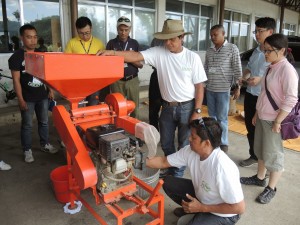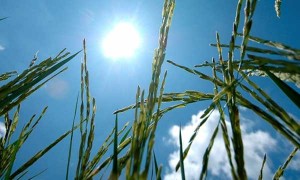The Norwegian Government has funded a project establishing a rice seed bank for developing hybrid rice and wild rice to produce improved varieties adapted to climate change.
The project also aims to streamline the use of resources such as changing crop structure, reducing greenhouse gas emissions, and conserving water resources to reduce the environmental footprint of rice production.
The project will be launched in eight Vietnamese cities and provinces.
Read the story @ScandAsia
Securing food through widescale adoption of hybrid rice technology (Powerpoint presentation)
The Hybrid Rice Development Consortium promotes innovation and access to new germplasm and information on hybrid rice technology. We are a membership-based organization that helps other organizations collaborate in the research and production of hybrid rice varieties.
Across the rice-producing world, there are well-recognized “yield gaps”—the difference between how much rice a system can potentially produce and the actual amount a farmer produces. Hybrid rice varieties are a key technology that can help close that gap, improving yield and profitability.
AATF and IRRI to bring hybrid rice and sustainable technologies to African smallholder farmers through partnership
IRRI and the African Agricultural Technology Foundation (AATF) signed a 4-year partnership agreement aimed at helping African smallholder farmers increase their productivity, income, and resilience through enhanced access to good quality elite seeds and sustainable agronomic practices.
The partnership will benefit from IRRI’s six decades of expertise in rice science-based solutions in Asia, and AATF’s expertise in accessing, disseminating, and commercializing innovative agricultural technologies through a wide network of public and private sector collaborators, supported by knowledge of the needs of African farmers.
A chance in the wild
Rice has wild or undomesticated relatives, called “wild rice,” that are rich repositories of genetic material that can provide tolerance of environmental stresses and help improve yield. Wild rice diversity is considered to be in the periphery of the rice gene pool, with the center being around varieties cultivated from the two main species of rice: Oryza sativa and O. glaberrima. In total, there are 27 species of rice.
Wild rice’s richness in desirable traits, such as pest and disease resistance, is borne out of centuries of surviving in harsh environments— untended and away from human intervention. These important traits have been infused in cultivated varieties to help protect them against pests and diseases that have affected thousands of hectares of rice farms and have caused millions of dollars of damage.







